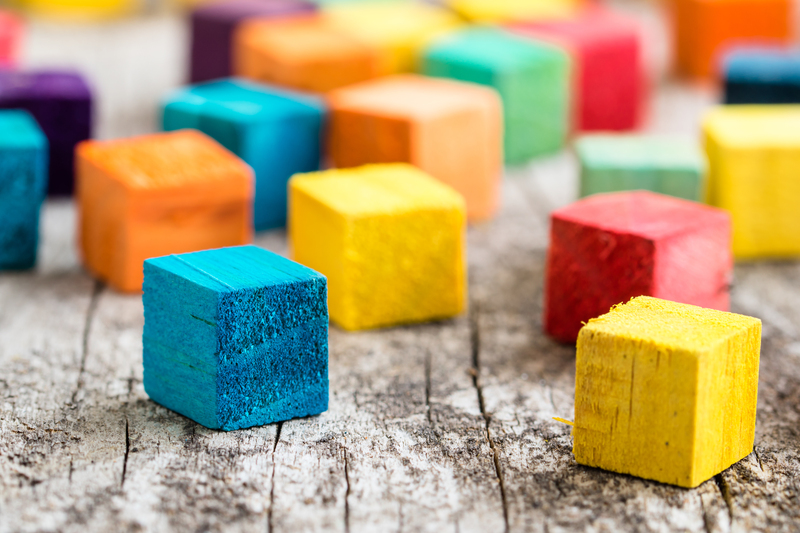Rallying for Change: Stopping Microplastic Pollution
In recent years, the world has awakened to the devastating effects of microplastic pollution. These tiny plastic particles, less than five millimeters in size, have infiltrated every corner of our planet--from the highest mountain peaks to the deepest ocean trenches. As awareness grows, so does the rallying cry for change. Microplastic pollution is not just an environmental issue; it is a threat to human health and our very way of life.
What Are Microplastics?
Microplastics are small plastic pieces that originate from a variety of sources, including larger plastic debris that degrades into smaller pieces, as well as manufactured products such as microbeads found in some cosmetics. They are categorized into two primary types:
- Primary microplastics: These are tiny particles designed for commercial use, such as in health and beauty products, or those used in industrial settings.
- Secondary microplastics: These arise from the breakdown of larger plastic items like water bottles and plastic bags due to environmental factors such as sunlight and ocean currents.

The Impact of Microplastic Pollution
Environmental Consequences
The presence of microplastics in the environment is a growing area of concern. As these particles make their way into the oceans, they have enduring impacts on marine life. Organisms ingest microplastics, mistaking them for food, leading to physical injury and chemical exposure.
- Marine life in jeopardy: Approximately 800 species encounter microplastics, and nearly 50% of sea turtles studied have ingested plastic.
- Food chain contamination: Microplastics carry toxic pollutants and, when ingested, travel up the food chain impacting fish, marine mammals, and even humans who consume seafood.
Human Health Risks
Microplastic pollution raises alarm bells beyond ecosystems, posing potential risks to human health. The long-term effects of ingesting microplastics are still under study, but preliminary research points to several areas of concern:
- Possible alterations to the gut microbiome.
- Increased exposure to harmful chemicals, such as bisphenol A (BPA) and phthalates, found in plastics.
The microscopic size of these particles allows them to infiltrate not only our food and water but also the air we breathe--a worrying development for urban areas with high levels of microplastic pollution.

Global Solutions for Microplastic Pollution
Innovative Cleanup Initiatives
Across the globe, multiple innovative techniques are being employed in an effort to clean up microplastics:
- Clean the seas: Innovative projects, like The Ocean Cleanup, propose systematic cleanup strategies using autonomous devices to collect floating plastics.
- Biodegradable innovations: Scientists are researching biodegradable alternatives to conventional plastics to stem microplastic pollution at its source.
Policy and Legislation
Policy changes are crucial in curbing microplastic pollution. Many countries are beginning to enact legislation aimed at reducing microplastic levels:
- Bans on microbeads: Countries like the UK and the US have legislated against the use of microbeads in cosmetics and toiletries.
- Extended Producer Responsibility (EPR): Companies are compelled to manage the plastic waste they produce under this policy, incentivizing the reduction and recycling of plastics.
Individual Actions
While governmental regulations are critical, individual actions also play a vital role in minimizing microplastic pollution:
Modify Personal Habits:- Reduce usage of single-use plastics.
- Choose products labeled as microbead-free or biodegradable.
- Engage in beach cleanups or similar environmental activities.
It's imperative for all of us to transform practices in our daily lives to foster a more sustainable environment.
Conclusion: The Path Forward
The journey to eradicate microplastic pollution may seem daunting, but through continued innovation, legislation, and personal commitment, a clear path emerges. Collective action is paramount, underscoring a broad spectrum of solutions--from immense social movements and stringent policy regulations to grassroots initiatives by conscious individuals.
As we rally for change, it's essential to support research and innovative solutions while urging governments worldwide to implement stricter regulations. The benefits of eliminating microplastic pollution extend beyond environmental health; it is an essential step in safeguarding human health and securing the future of our planet.
Together, we can create a cleaner, healthier world, free from the pervasive threat of microplastic pollution. Join the rally for change and contribute to a sustainable future for generations to come.